Famous Indian Scientists and Their Innovation
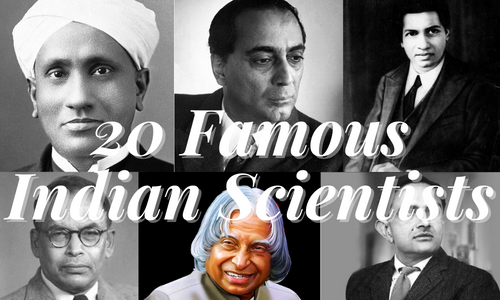
India has a long history of producing some of the world's most brilliant scientists who have made significant contributions to various fields of science and technology. From ancient times to the modern era, Indian scientists have made important discoveries and inventions that have changed the course of history.
In this article, we present a full list of famous Indian scientists and their innovations that have impacted the world in numerous ways.
1. C.V. Raman
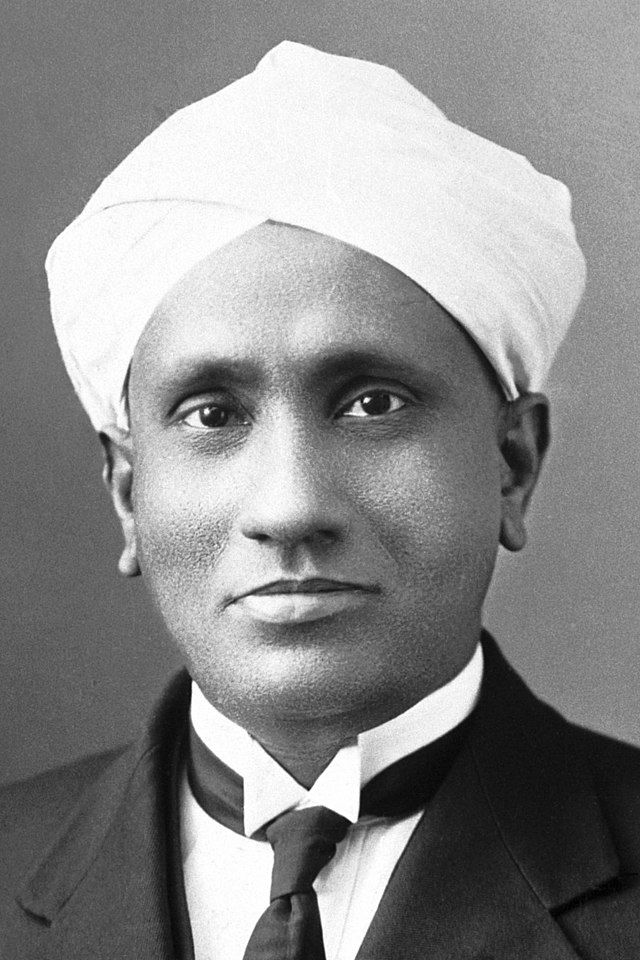
Sir Chandrasekhara Venkata Raman, commonly known as C.V. Raman, was an Indian physicist who is best known for his discovery of the Raman effect. He was born on November 7, 1888, in Tiruchirappalli, Tamil Nadu, India, and passed away on November 21, 1970, in Bangalore, Karnataka, India.
Raman received his education at the Presidency College, Madras (now Chennai) and the University of Calcutta. He went on to become a professor of physics at the University of Calcutta and later at the Indian Institute of Science, Bangalore. In 1928, he discovered the Raman effect, which is a phenomenon in which a photon of light scatters off a molecule and shifts in wavelength. This discovery had a significant impact on the field of physics, and Raman was awarded the Nobel Prize in Physics in 1930 for his discovery.
In addition to his work on the Raman effect, Raman made significant contributions to the field of optics, including the study of the scattering of light and the color of the sky. He also worked on the acoustics of musical instruments and the physics of the Indian musical instrument, the veena.
Raman was a fellow of the Royal Society of London and was the first Indian to be elected to the fellowship. He also served as the president of the Indian Academy of Sciences and the Indian Association for the Cultivation of Science. In honor of his contributions to science, the Raman Research Institute in Bangalore was established in 1948.
2. Srinivasa Ramanujan
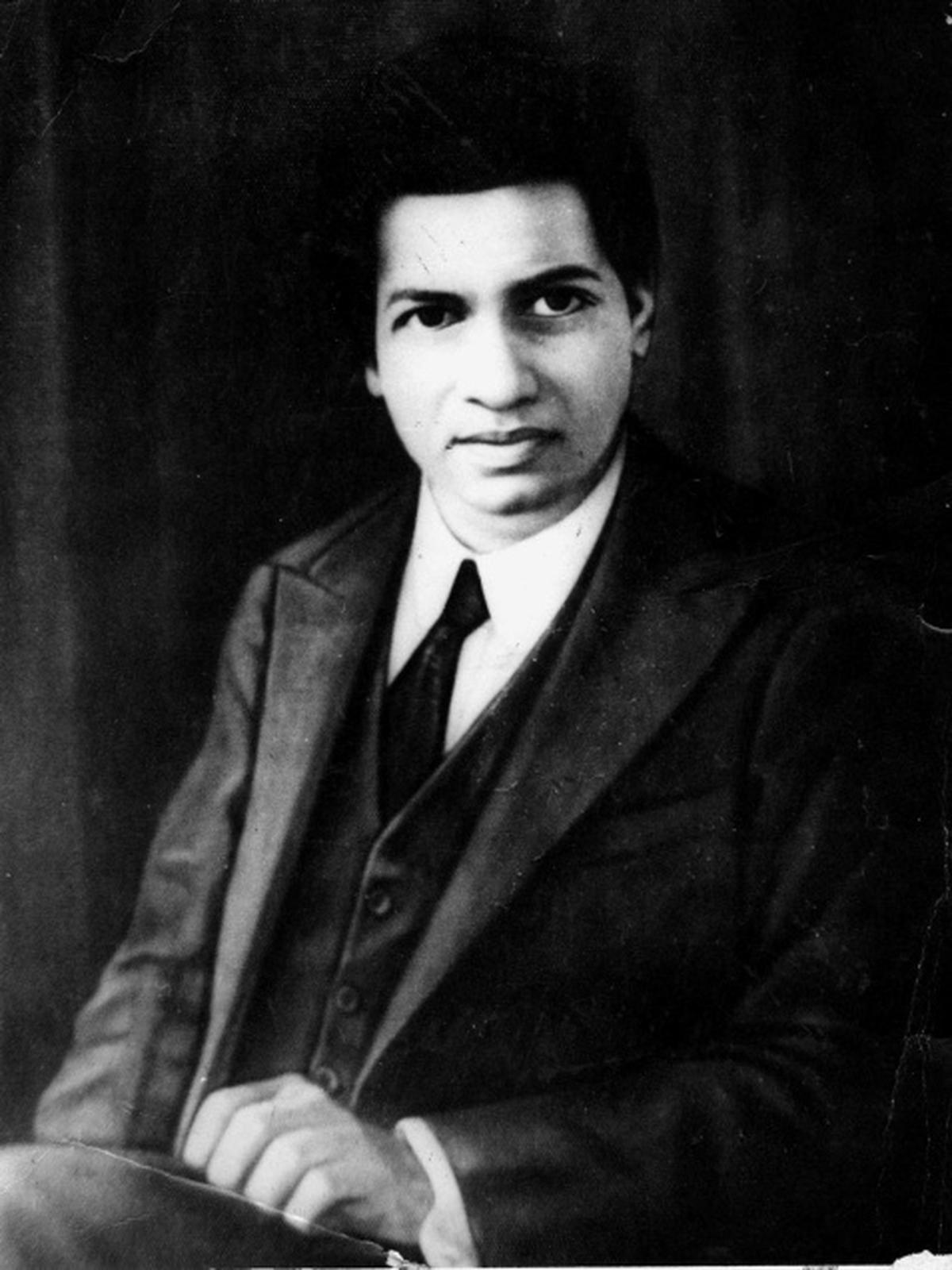
Srinivasa Ramanujan was an Indian mathematician who made significant contributions to number theory, mathematical analysis, and infinite series. He was born on December 22, 1887, in Erode, Tamil Nadu, India, and passed away on April 26, 1920, in Kumbakonam, Tamil Nadu, India.
Ramanujan had a passion for mathematics from a young age and, despite facing many obstacles, he developed his own mathematical ideas and worked independently to make groundbreaking discoveries. In 1913, he wrote a letter to G.H. Hardy, a prominent British mathematician, outlining some of his ideas on number theory. Hardy was so impressed by Ramanujan's work that he invited him to come to England to work with him. Ramanujan spent five years in England working with Hardy and other mathematicians, and his work had a profound impact on the development of modern mathematics.
Ramanujan's work included his famous formula for the partition of numbers, which gives the number of ways that a number can be expressed as a sum of other numbers. He also made significant contributions to the theory of modular forms, elliptic functions, and continued fractions.
Ramanujan received many honors for his work, including being elected as a Fellow of the Royal Society of London in 1918. He was the first Indian to be elected to the fellowship, and he was also the first Indian to be awarded a Ph.D. in mathematics. In 2012, he was posthumously awarded the Padma Vibhushan, the second-highest civilian award in India.
Ramanujan's life and work have been the subject of many books and films, and he is widely regarded as one of the greatest mathematicians of all time.
3. Homi J. Bhabha
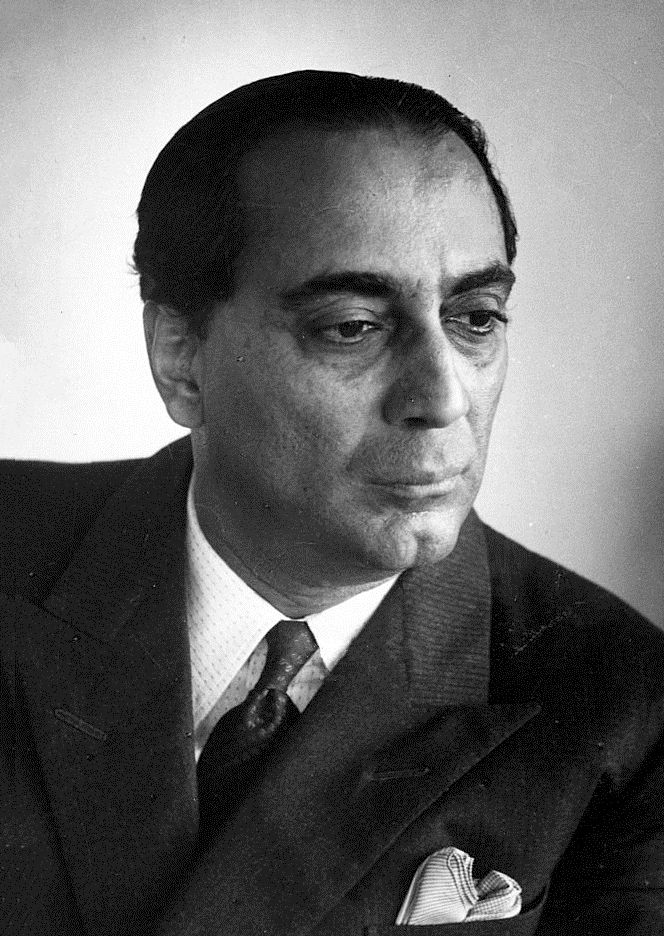
Homi Jehangir Bhabha was an Indian physicist who played a major role in the development of India's nuclear program. He was born on October 30, 1909, in Bombay (now Mumbai), India, and passed away on January 24, 1966, near Mont Blanc, France, in an airplane crash.
Bhabha received his education at the University of Cambridge in England, where he studied physics and completed his doctoral degree in 1935. He returned to India in 1939 and became a professor of physics at the Indian Institute of Science in Bangalore. During World War II, Bhabha worked on the development of radar in England, and after the war, he returned to India to establish the Tata Institute of Fundamental Research in Bombay.
In the 1940s and 1950s, Bhabha played a leading role in the development of India's nuclear program. He was instrumental in establishing the Atomic Energy Commission of India in 1948, and he served as its first chairman. He also played a key role in the establishment of the Bhabha Atomic Research Centre in Bombay, which became one of the leading nuclear research institutions in the world.
Bhabha made significant contributions to the field of nuclear physics, including his work on cosmic rays, the theory of beta decay, and the discovery of the meson, a subatomic particle. He also proposed the concept of "nuclear cascade," which describes the way that particles interact in a nuclear reactor.
In addition to his scientific work, Bhabha was a strong advocate for Indian independence and for the development of science and technology in India. He was a member of the Indian parliament and served as the president of the United Nations Conference on the Peaceful Uses of Atomic Energy in 1955.
Bhabha's contributions to science and technology in India have been widely recognized, and many institutions and awards have been named in his honor. The Bhabha Atomic Research Centre in Bombay is one of the largest and most prestigious research institutions in India, and the Homi Bhabha National Institute, also in Bombay, is a leading university in the fields of science and technology.
4. Meghnad Saha
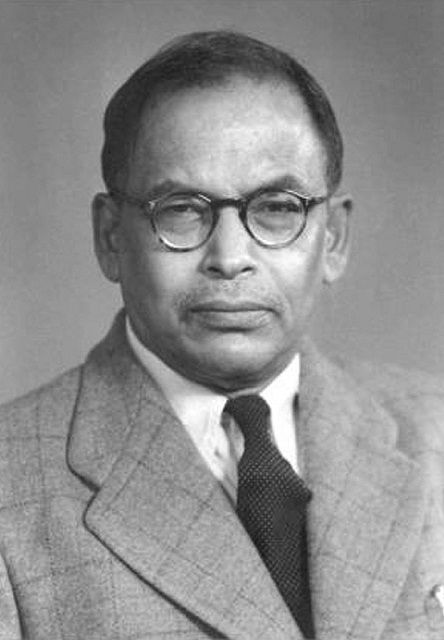
Meghnad Saha was an Indian astrophysicist and mathematician who made significant contributions to the field of astrophysics. He was born on October 6, 1893, in Shaoratoli, Dacca, British India (now in Bangladesh), and passed away on February 16, 1956, in Delhi, India.
Saha received his education at the University of Calcutta and the University of Cambridge in England. He worked as a lecturer at the University of Allahabad and later at the University of Calcutta, where he made many of his major contributions to astrophysics.
Saha's most significant contribution to astrophysics was the formulation of the Saha ionization equation, which describes the ionization state of a gas in thermal equilibrium. The equation explains the formation of spectral lines in the atmospheres of stars and has been widely used in the study of stellar spectra. Saha also made significant contributions to the theory of thermal ionization and to the study of the internal structure of stars.
In addition to his work in astrophysics, Saha was also involved in the development of science and technology in India. He served as the president of the Indian Science Congress Association and as a member of the Indian parliament. He was awarded the Padma Bhushan, one of the highest civilian awards in India, in 1944.
The Saha Institute of Nuclear Physics, located in Kolkata, India, is named in honor of Meghnad Saha and is one of the leading research institutions in India in the fields of physics and nuclear science.
5. Satyendra Nath Bose:
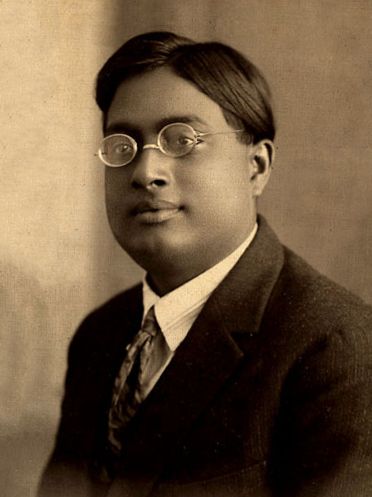
Satyendra Nath Bose was an Indian physicist who made significant contributions to the fields of quantum mechanics and statistical mechanics. He was born on January 1, 1894, in Calcutta, India, and passed away on February 4, 1974, in Calcutta.
Bose received his education at the University of Calcutta and the University of Dhaka. In 1924, he wrote a paper that provided the foundation for what is now known as Bose-Einstein statistics, which describes the behavior of a group of identical particles, such as atoms or photons, in a system that is in thermal equilibrium. Bose-Einstein statistics predict the behavior of certain types of particles at very low temperatures, and they have been used in the development of many advanced technologies, including lasers and superconductors.
Bose's work on quantum mechanics and statistical mechanics helped to lay the groundwork for the development of the field of quantum field theory. He also made significant contributions to the study of the Bose-Einstein condensate, a state of matter in which a group of particles behave as a single entity.
In addition to his scientific work, Bose was also involved in the development of science and technology in India. He served as a professor of physics at the University of Calcutta and as the vice-chancellor of Visva-Bharati University in Santiniketan, West Bengal. He was awarded the Padma Vibhushan, one of the highest civilian awards in India, in 1954.
The Bose Institute, located in Calcutta, is named in honor of Satyendra Nath Bose and is one of the leading research institutions in India in the fields of physics, chemistry, and biology.
6. Jagadish Chandra Bose
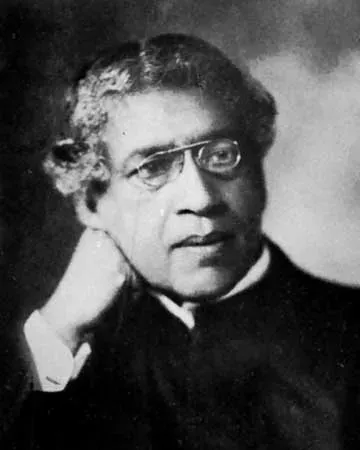
Jagadish Chandra Bose was an Indian physicist, biologist, botanist, and inventor who made significant contributions to the fields of science and technology. He was born on November 30, 1858, in Mymensingh, Bengal Presidency, British India (now in Bangladesh), and passed away on November 23, 1937, in Giridih, Bihar, India.
Bose received his education in England, where he studied at the University of London and the University of Cambridge. He later returned to India and worked as a professor of physics at the University of Calcutta.
Bose is perhaps best known for his work in the field of radio and microwave optics. He invented the first wireless telegraph in India in 1895, a year before Guglielmo Marconi's invention of the wireless telegraph. Bose's invention was based on the use of millimeter waves, a high-frequency electromagnetic radiation that can transmit signals over short distances.
Bose also made significant contributions to the study of plant physiology. He developed an instrument called the crescograph, which measures the growth of plants and was used to demonstrate the response of plants to various stimuli, including light, sound, and temperature. Bose's work on plant physiology helped to establish the field of biophysics.
In addition to his scientific work, Bose was also a strong advocate for the development of science and technology in India. He served as a member of the Royal Society of London and was a fellow of the Indian National Science Academy. He was awarded the title of Knight Bachelor by the British government in 1917 and the title of Sir Jagadish Chandra Bose in 1920.
Today, the Bose Institute in Kolkata, India, is named in honor of Jagadish Chandra Bose, and is one of the leading research institutions in India in the fields of physics, biology, and chemistry.
7. Vikram Sarabhai
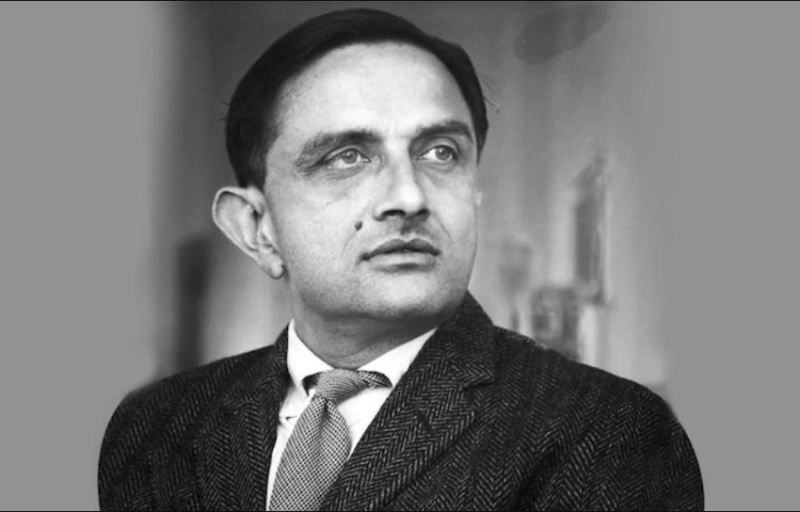
Vikram Sarabhai was an Indian physicist and space scientist who is widely regarded as the father of the Indian space program. He was born on August 12, 1919, in Ahmedabad, Gujarat, India, and passed away on December 30, 1971, in Kovalam, Kerala, India.
Sarabhai received his education in India and at the University of Cambridge in England. In 1963, he founded the Indian Space Research Organisation (ISRO) with the aim of developing a self-reliant space program for India. Under his leadership, India successfully launched its first satellite, Aryabhata, in 1975.
Sarabhai's work in the field of space science helped to establish India as a major player in the global space industry. He also made significant contributions to the study of cosmic rays and to the development of the nuclear energy program in India.
In addition to his scientific work, Sarabhai was also involved in the development of science and technology in India. He founded several institutions, including the Physical Research Laboratory in Ahmedabad and the Community Science Centre in Ahmedabad, with the aim of promoting science education and research in India.
Sarabhai was the recipient of numerous awards and honors, including the Padma Bhushan and Padma Vibhushan, two of the highest civilian awards in India. He was also awarded the Adams Prize by the University of Cambridge in 1966 for his contributions to the study of cosmic rays.
Today, the Vikram Sarabhai Space Centre, located in Thiruvananthapuram, Kerala, is named in honor of Vikram Sarabhai, and is one of the leading research institutions in India in the fields of space science and technology.
8. A.P.J. Abdul Kalam
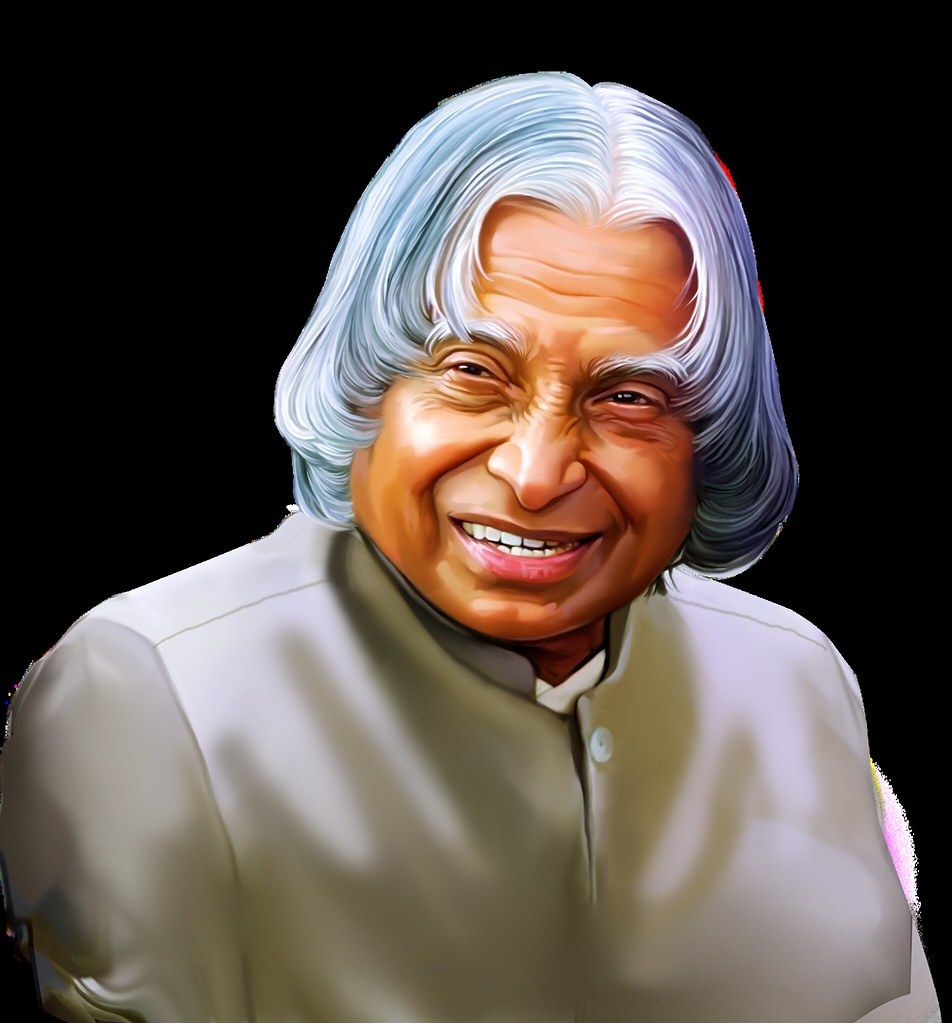
A.P.J. Abdul Kalam was an Indian scientist and politician who served as the President of India from 2002 to 2007. He was born on October 15, 1931, in Rameswaram, Tamil Nadu, India, and passed away on July 27, 2015, in Shillong, Meghalaya, India.
Kalam received his education in India and worked as a scientist for the Defence Research and Development Organisation (DRDO) and the Indian Space Research Organisation (ISRO). He played a key role in the development of India's first satellite launch vehicle, the SLV-III, and was also involved in the development of several other important space and defense projects.
Kalam was known for his contributions to the field of missile technology and is often referred to as the "Missile Man of India". He played a key role in the development of the Agni and Prithvi missiles and helped to establish India as a major player in the global defense industry.
In addition to his scientific work, Kalam was also involved in politics and served as the 11th President of India from 2002 to 2007. During his presidency, he was known for his efforts to promote education and to encourage young people to pursue careers in science and technology.
Kalam was the recipient of numerous awards and honors, including the Padma Bhushan, the Padma Vibhushan, and the Bharat Ratna, three of the highest civilian awards in India. He was also awarded the King Charles II Medal by the Royal Society, the highest honor given to a non-British citizen.
Today, Kalam is widely regarded as a national hero in India and is remembered for his contributions to science, technology, and education. The A.P.J. Abdul Kalam National Memorial, located in Rameswaram, Tamil Nadu, is dedicated to his memory and serves as a center for scientific and educational activities.
9. M. Visvesvaraya
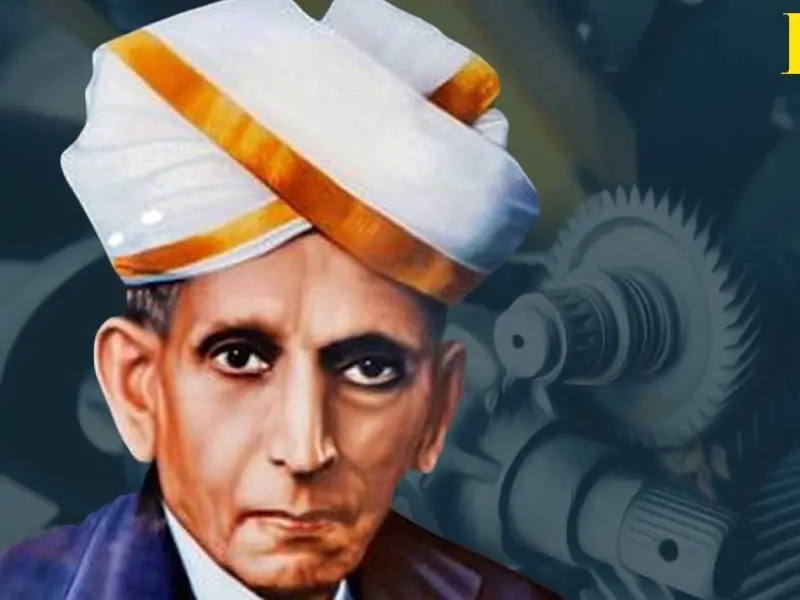
Mokshagundam Visvesvaraya, commonly known as Sir M. Visvesvaraya, was an Indian engineer, statesman, and scholar who made significant contributions to the fields of engineering, education, and public life. He was born on September 15, 1861, in Muddenahalli, Karnataka, India, and passed away on April 14, 1962, in Bangalore, Karnataka, India.
Visvesvaraya received his education in India and in England, and later worked as a chief engineer and advisor to several Indian princely states. He played a key role in the development of the Krishna Raja Sagara dam in Mysore, which was at the time the largest dam in Asia, and also designed and oversaw the construction of several other important irrigation and water supply projects in India.
In addition to his engineering work, Visvesvaraya was also involved in public life and served as the Diwan of Mysore from 1912 to 1918. During his tenure, he implemented several reforms that improved the administration, education, and public health systems in the state.
Visvesvaraya was the recipient of numerous awards and honors, including the Bharat Ratna, India's highest civilian award, and was also knighted by the British government in 1915. He was a fellow of the Indian Institute of Science and the Institution of Engineers, and also served as the president of the Indian Science Congress in 1923.
Today, Visvesvaraya is widely regarded as one of the greatest engineers and statesmen in Indian history. The Visvesvaraya Technological University in Belagavi, Karnataka, and the Sir M. Visvesvaraya Institute of Technology in Bangalore, Karnataka, are named in his honor, and his birthday, September 15, is celebrated as Engineers' Day in India.
10. S. Chandrasekhar
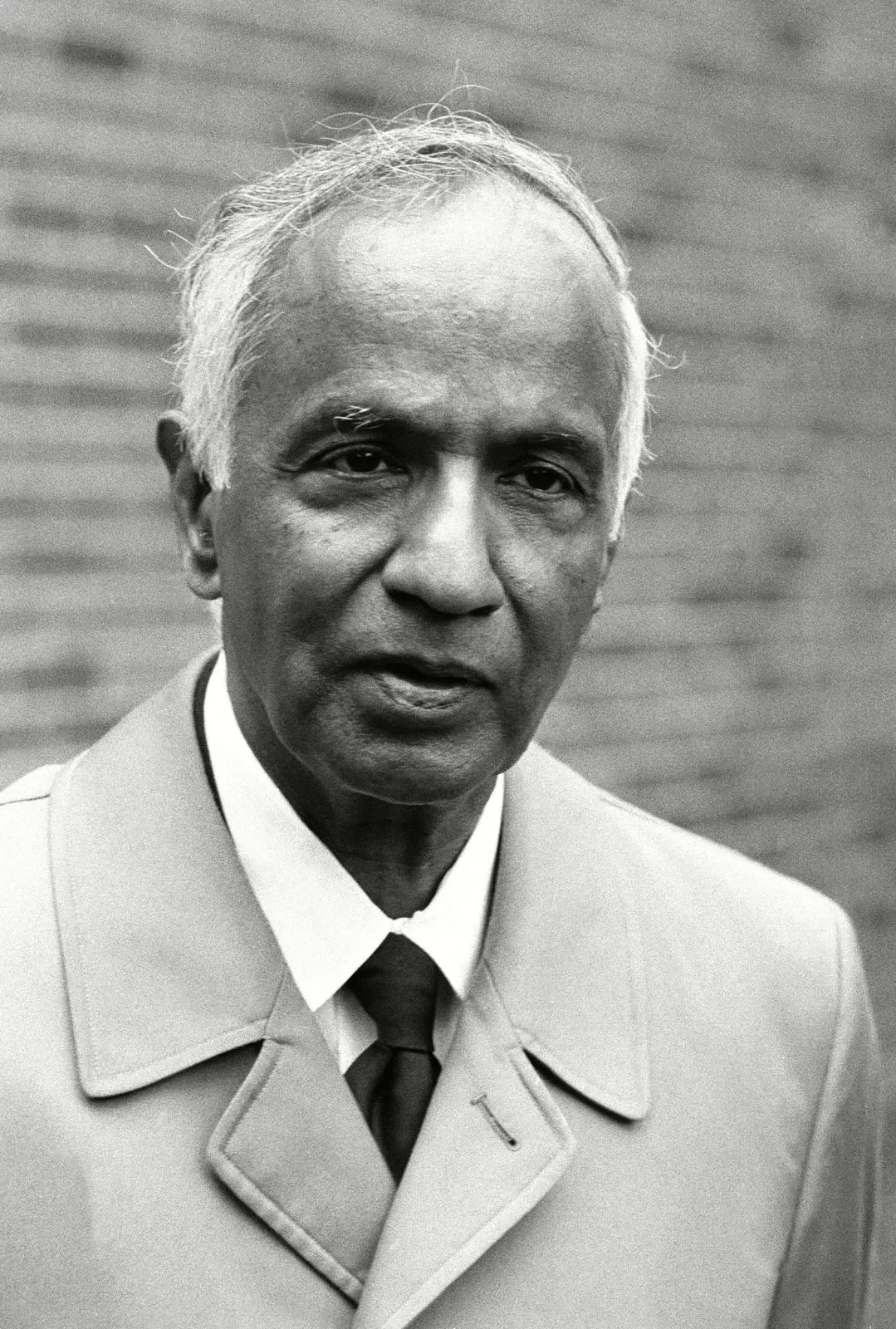
Subrahmanyan Chandrasekhar, commonly known as S. Chandrasekhar, was an Indian-American astrophysicist who made significant contributions to the study of stellar evolution, black holes, and the structure of the universe. He was born on October 19, 1910, in Lahore, British India (now Pakistan), and passed away on August 21, 1995, in Chicago, Illinois, USA.
Chandrasekhar received his education in India and later in England, where he studied at the University of Cambridge. He is best known for his groundbreaking work on the behavior of stars, which led to the development of the concept of a "Chandrasekhar limit", which predicts the maximum mass of a stable white dwarf star. He also made significant contributions to the study of black holes and the structure of the universe, and was a pioneer in the field of astrophysical fluid dynamics.
Chandrasekhar was the recipient of numerous awards and honors, including the Nobel Prize in Physics in 1983, the National Medal of Science in 1966, and the Royal Astronomical Society's Gold Medal in 1953. He was also a fellow of the Royal Society, the American Academy of Arts and Sciences, and the American Philosophical Society, and served as president of the American Astronomical Society.
Today, Chandrasekhar is widely regarded as one of the greatest astrophysicists in history, and his work continues to have a major impact on our understanding of the universe. The Chandra X-ray Observatory, launched by NASA in 1999, is named in his honor, as is the asteroid 1958 Chandra.
11. Har Gobind Khurana
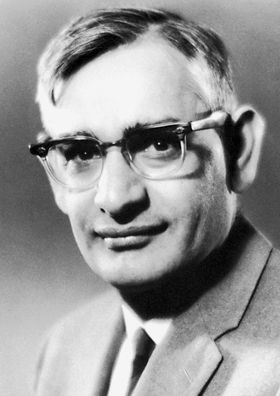
Har Gobind Khorana (9 January 1922 – 9 November 2011) was an Indian-American biochemist and geneticist who was awarded the Nobel Prize in Physiology or Medicine in 1968 for his research on the genetic code and its interpretation in protein synthesis.
Khorana was born in Raipur, British India (now Pakistan) and received his early education in Punjab. He later moved to the United States for graduate studies in chemistry and biochemistry, eventually becoming a naturalized U.S. citizen.
Khorana's pioneering research in the field of genetics and biochemistry led to the development of methods for synthesizing genes, which revolutionized the study of genetics and made it possible to create artificial genes. His work also led to a greater understanding of the role of nucleotides in DNA and RNA, and their role in protein synthesis.
In addition to the Nobel Prize, Khorana received numerous other honors for his contributions to science, including the National Medal of Science, the Japan Prize, and the Albert Lasker Basic Medical Research Award. He was also a fellow of the Royal Society, the U.S. National Academy of Sciences, and the American Academy of Arts and Sciences. Khorana passed away in 2011 at the age of 89.
12. Prafulla chandraya Roy
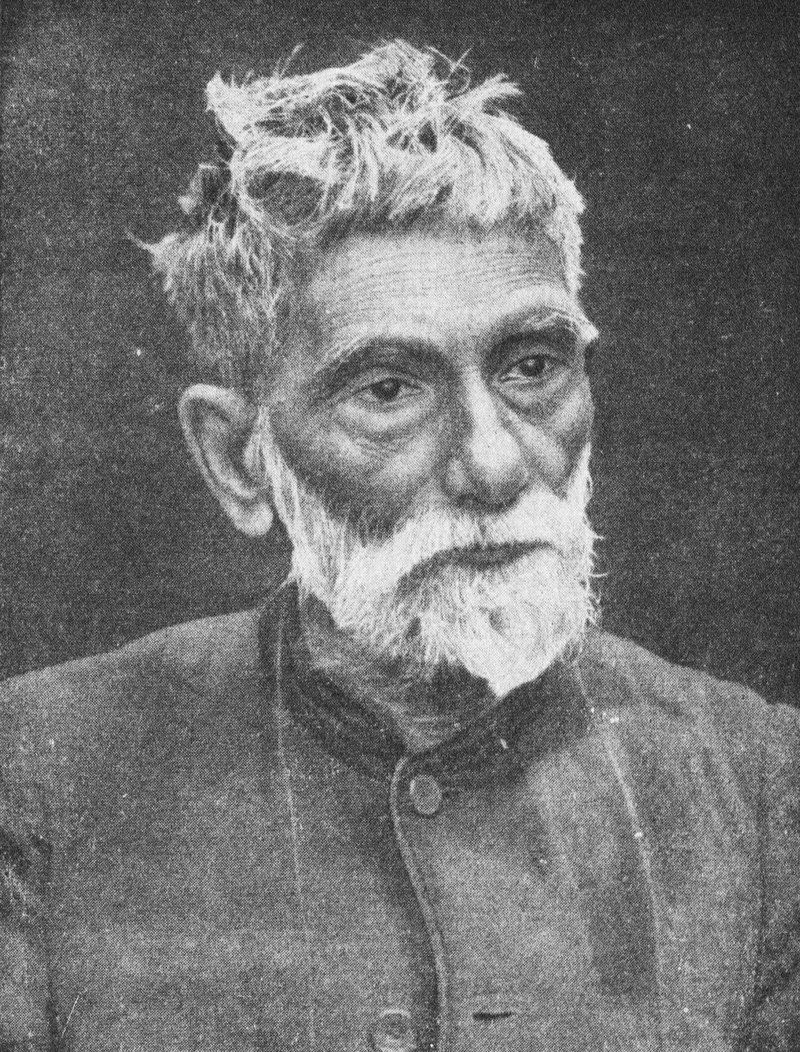
Prafulla Chandra Roy was an Indian chemist and educator who is widely regarded as one of the pioneers of modern chemistry in India. He was born on August 2, 1861, in Raruli-Katipara, West Bengal, India, and passed away on June 16, 1944, in Calcutta, India.
Roy received his education in India and in England, where he studied at the University of Edinburgh. He made significant contributions to the field of chemistry, particularly in the areas of organic chemistry and chemical education. He is best known for his work on mercurous nitrite, which led to the development of the Balz-Schiemann reaction, a method for the synthesis of aryl fluorides.
In addition to his scientific work, Roy was also a prominent educator and played a key role in the development of science education in India. He established the first Indian-owned pharmaceutical company, the Bengal Chemical and Pharmaceutical Works, and also founded the Bengal Chemical and Pharmaceutical Journal.
Roy was the recipient of numerous awards and honors, including the Companion of the Order of the Indian Empire and the Knight Bachelor, and was also a fellow of the Royal Society of London. Today, he is widely regarded as one of the greatest chemists in Indian history, and his work continues to have a major impact on the field of chemistry.
13. Salim Ali
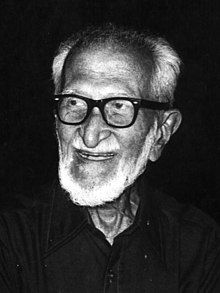
Salim Ali was an Indian ornithologist and naturalist who is widely regarded as one of the pioneers of bird study in India. He was born on November 12, 1896, in Mumbai, India, and passed away on June 20, 1987, in Mumbai.
Ali developed a keen interest in bird watching at a young age, and went on to become one of India's most prominent experts on bird behavior and ecology. He made significant contributions to the study of Indian bird life, and his work helped to raise awareness of the importance of conservation in the country.
Ali was the author of several books on Indian birds, including "The Book of Indian Birds" and "Handbook of the Birds of India and Pakistan". He also played a key role in the establishment of several bird sanctuaries and national parks in India, and was a vocal advocate for the protection of wildlife and natural habitats.
Ali was the recipient of numerous awards and honors, including the Padma Bhushan, India's third-highest civilian award, and the John C. Phillips Memorial Medal from the International Union for Conservation of Nature. He was also a fellow of the Royal Society of London and the American Ornithologists' Union, and served as the president of the Bombay Natural History Society.
Today, Salim Ali is widely regarded as one of the greatest ornithologists in Indian history, and his work continues to inspire new generations of bird watchers and conservationists. The Salim Ali Centre for Ornithology and Natural History in Coimbatore, Tamil Nadu, is named in his honor.
14. prasanta Chandra Mahalnobis
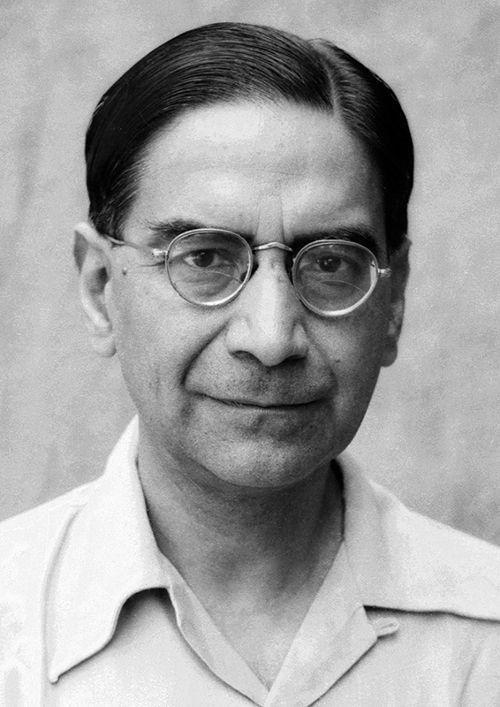
Prasanta Chandra Mahalanobis was an Indian statistician and economist who is widely regarded as one of the founders of modern statistics in India. He was born on June 29, 1893, in Calcutta, India, and passed away on June 28, 1972, in Calcutta.
Mahalanobis made significant contributions to the field of statistics, particularly in the areas of sample surveys and statistical inference. He was the founder of the Indian Statistical Institute in Calcutta, which has played a key role in the development of statistical theory and practice in India.
Mahalanobis was also a prominent economist and played a key role in the development of economic planning in India. He was a close associate of Jawaharlal Nehru, India's first prime minister, and played a key role in the development of India's Second Five Year Plan.
Mahalanobis was the recipient of numerous awards and honors, including the Padma Vibhushan, India's second-highest civilian award, and the inaugural Guy Medal in Gold from the Royal Statistical Society. He was also a fellow of the Royal Society of London and the Econometric Society.
Today, Mahalanobis is widely regarded as one of the greatest statisticians in Indian history, and his work continues to have a major impact on the field of statistics and economics. The Mahalanobis distance, a statistical measure he developed, is named in his honor.
15. Shri Ram Shankar Abhyankar
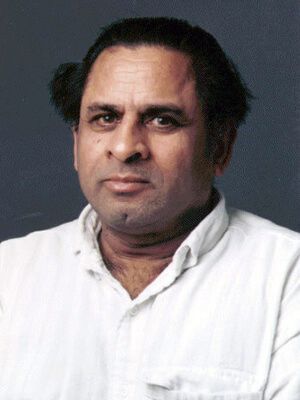
Shri Ram Shankar Abhyankar was an Indian mathematician who is known for his contributions to algebraic geometry and the development of the theory of singularities. He was born on July 22, 1930, in Ujjain, India, and passed away on November 2, 2012, in West Lafayette, Indiana, United States.
Abhyankar earned his undergraduate degree from the University of Mumbai and his Ph.D. from the University of Paris. He went on to have a distinguished career in mathematics, teaching at several universities in India and the United States, including the University of Bombay, Purdue University, and the University of California, Los Angeles.
Abhyankar made significant contributions to the field of algebraic geometry, particularly in the area of resolution of singularities. He developed a new approach to the problem of singularities, known as the "Abhyankar-Moh" theorem, which has become an important tool in the study of algebraic varieties.
Abhyankar was the recipient of numerous awards and honors, including the Padma Shri, one of India's highest civilian awards, and the Leroy P. Steele Prize from the American Mathematical Society. He was also a fellow of the Royal Society of London and the American Academy of Arts and Sciences.
Today, Abhyankar is widely regarded as one of the greatest mathematicians in Indian history, and his work continues to have a major impact on the field of algebraic geometry. The Abhyankar Conjecture and Abhyankar's Lemma are named in his honor.
16. Janki Ammal
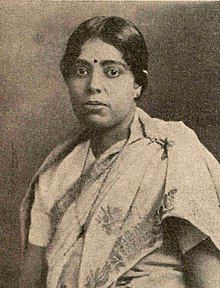
Janaki Ammal Edavalath Kakkat, commonly known as Janki Ammal, was an Indian botanist and geneticist who is known for her contributions to the study of plant genetics and cytogenetics. She was born on November 4, 1897, in Tellicherry, Kerala, and passed away on February 7, 1984, in Bangalore, India.
Ammal earned her undergraduate degree from Queen Mary's College in Madras and her Ph.D. from the University of Michigan in the United States. She went on to have a distinguished career in botany, teaching at several universities in India and the United States, including the University of Michigan, the University of Delhi, and the University of Calcutta.
Ammal made significant contributions to the study of plant genetics and cytogenetics, particularly in the areas of polyploidy and chromosome morphology. She is best known for her work on the cytogenetics of sugarcane, which helped to lay the foundation for the development of improved sugarcane varieties.
Ammal was the recipient of several awards and honors, including the Padma Shri, one of India's highest civilian awards, and the prestigious Darwin-Wallace Medal from the Linnean Society of London. She was also a fellow of the Indian National Science Academy and the Royal Horticultural Society.
Today, Ammal is widely regarded as one of the greatest botanists in Indian history, and her work continues to inspire new generations of plant geneticists and cytogeneticists. The Janaki Ammal National Award for Women in Biology is named in her honor.
17. Raj Reddy
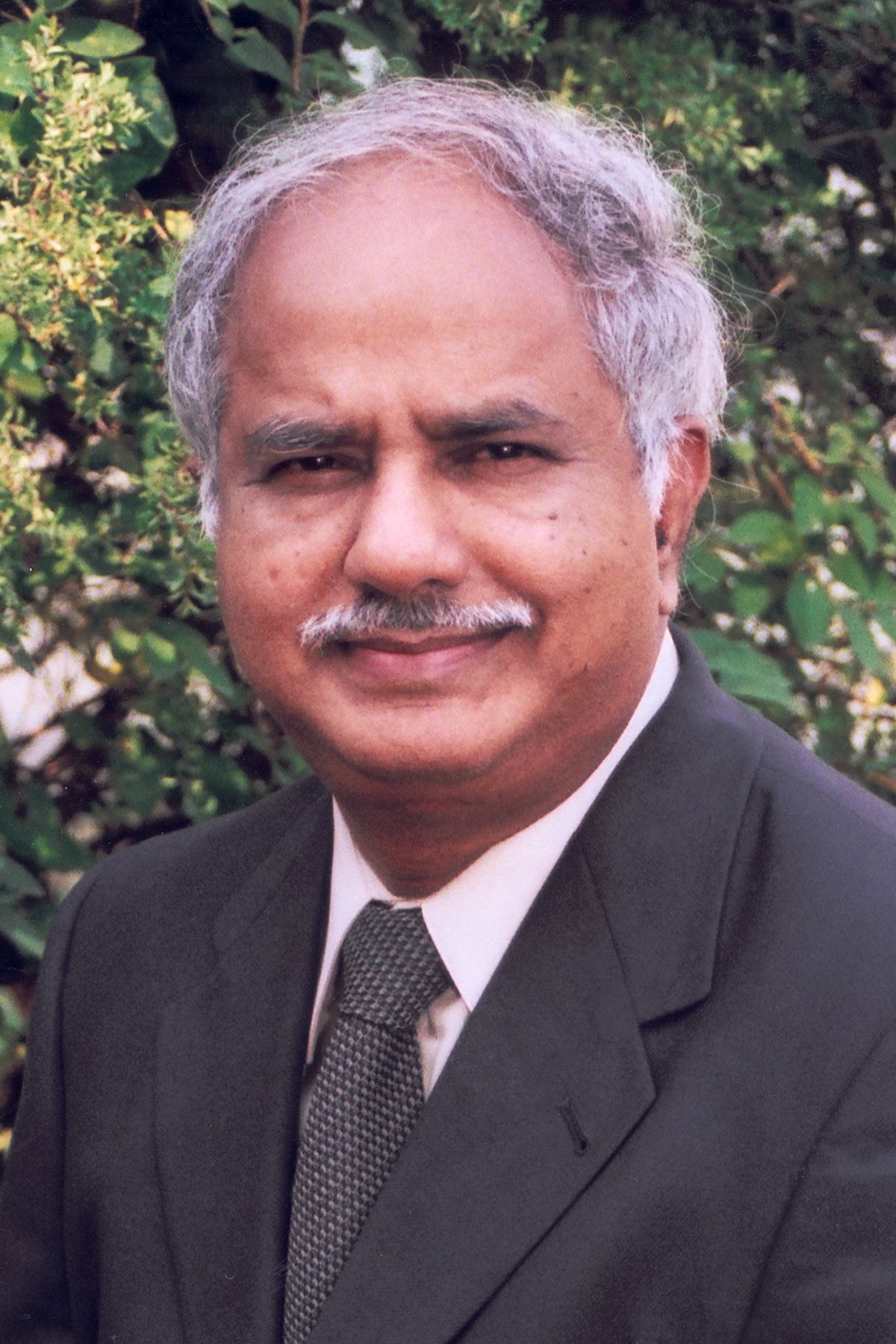
Raj Reddy is an Indian-American computer scientist who has made significant contributions to the field of artificial intelligence and human-computer interaction. He was born on June 13, 1937, in Katur, Andhra Pradesh, India.
Reddy earned his undergraduate degree from the University of Madras and his Ph.D. from Stanford University in the United States. He went on to have a distinguished career in computer science, teaching at several universities, including Stanford University, Carnegie Mellon University, and the Indian Institute of Technology, Delhi.
Reddy made significant contributions to the field of artificial intelligence, particularly in the areas of speech recognition and natural language processing. He is best known for his work on the first large-vocabulary, speaker-independent continuous speech recognition system, which was developed in the 1980s and is considered a landmark achievement in the field of speech recognition.
Reddy was the recipient of numerous awards and honors, including the Turing Award, one of the highest honors in computer science, and the Padma Bhushan, one of India's highest civilian awards. He was also a fellow of the Association for Computing Machinery and the American Association for Artificial Intelligence.
Today, Reddy is widely regarded as one of the greatest computer scientists in Indian history, and his work continues to have a major impact on the fields of artificial intelligence and human-computer interaction. The Raj Reddy Fellowship in Artificial Intelligence is named in his honor.
18. MS Swaminathan
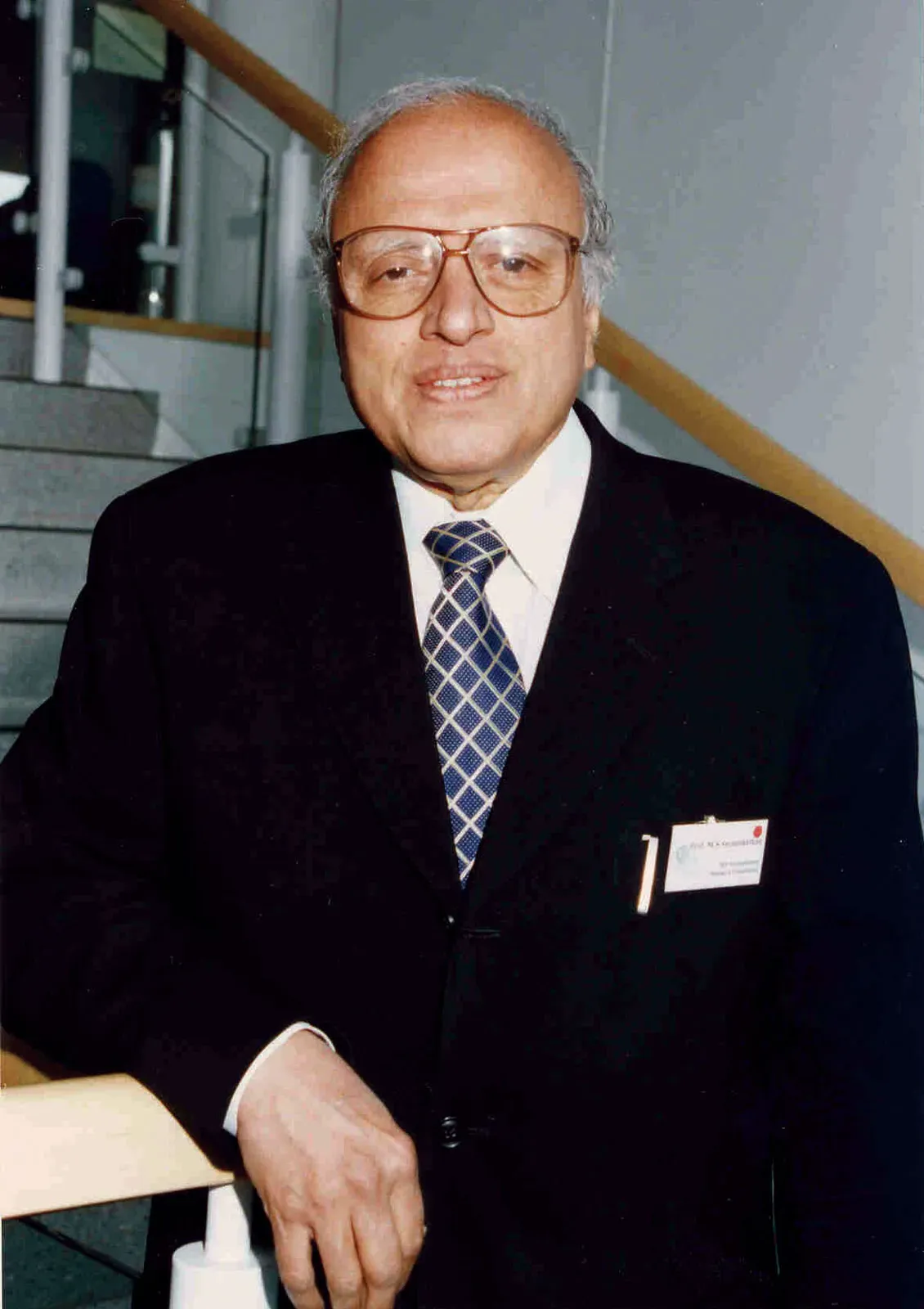
Mankombu Sambasivan Swaminathan, commonly known as M.S. Swaminathan, is an Indian geneticist and agricultural scientist who is known for his contributions to the Green Revolution in India. He was born on August 7, 1925, in Kumbakonam, Tamil Nadu.
Swaminathan earned his undergraduate and graduate degrees in agriculture from the University of Madras and his Ph.D. from the University of Cambridge in the United Kingdom. He went on to have a distinguished career in agricultural science, serving as the director of the Indian Agricultural Research Institute and the head of the Indian Council of Agricultural Research.
Swaminathan is best known for his work on the Green Revolution, which involved the development of high-yielding varieties of wheat and rice that helped to increase food production in India and other developing countries. He also played a key role in the development of sustainable agriculture practices and the conservation of plant genetic resources.
Swaminathan was the recipient of numerous awards and honors, including the Padma Shri, one of India's highest civilian awards, the World Food Prize, and the Tyler Prize for Environmental Achievement. He was also a fellow of the Royal Society and the World Academy of Art and Science.
Today, Swaminathan is widely regarded as one of the greatest agricultural scientists in Indian history, and his work continues to inspire new generations of scientists and researchers in the field of agriculture. The M.S. Swaminathan Research Foundation, which he founded, is dedicated to promoting sustainable agriculture and rural development in India.
19. Venkat Raman Radhakrishnan

Venkatraman "Venki" Ramakrishnan is an Indian-American-British structural biologist who was awarded the Nobel Prize in Chemistry in 2009 for his work on the structure and function of ribosomes. He was born on March 2, 1952, in Chidambaram, Tamil Nadu, India.
Ramakrishnan earned his undergraduate degree from Baroda University in India and his Ph.D. from Ohio University in the United States. He went on to have a distinguished career in structural biology, teaching at several universities, including Yale University, the University of Utah, and the University of Cambridge.
Ramakrishnan's groundbreaking work on the structure and function of ribosomes has had a major impact on the field of molecular biology, providing a detailed understanding of the mechanisms by which ribosomes synthesize proteins. His research has also shed light on the ways in which ribosomes can be targeted by antibiotics, leading to the development of new drugs to combat bacterial infections.
In addition to the Nobel Prize, Ramakrishnan has been awarded numerous other honors and awards, including the Padma Vibhushan, one of India's highest civilian honors, and a knighthood from Queen Elizabeth II of the United Kingdom. He is also a fellow of the Royal Society, the U.S. National Academy of Sciences, and the American Academy of Arts and Sciences.
Today, Ramakrishnan is widely regarded as one of the greatest structural biologists in history, and his work continues to inspire new generations of scientists and researchers in the field of molecular biology.
20. Birbal Sahni
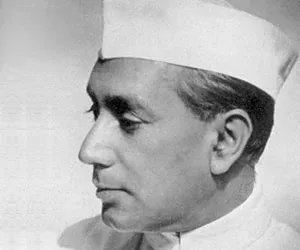
Birbal Sahni was an Indian paleobotanist who made significant contributions to the study of plant fossils. He was born on November 14, 1891, in Bhera, Punjab, British India (now in Pakistan), and died on April 10, 1949, in Lucknow, India.
Sahni completed his education in India, obtaining a Bachelor's degree from Punjab University and a Master's degree from Allahabad University. He then went to England and received a Ph.D. from the University of London.
Sahni's research focused on the study of plant fossils, and he made many important discoveries in this field. He was the first to identify and describe the Glossopteris flora, which is an important group of fossil plants found in India, Australia, and South Africa. He also studied the origin and evolution of the angiosperms (flowering plants) and the gymnosperms (non-flowering plants).
Sahni was a highly respected scientist, and he served as the Director of the Botanical Survey of India and the President of the Indian National Science Academy. He was also a Fellow of the Royal Society in London.
In recognition of his contributions to science, the Birbal Sahni Institute of Palaeobotany was established in Lucknow, India, in 1946. The institute is dedicated to the study of fossil plants and their evolution, and it continues to be a leading center of research in the field of paleobotany.

